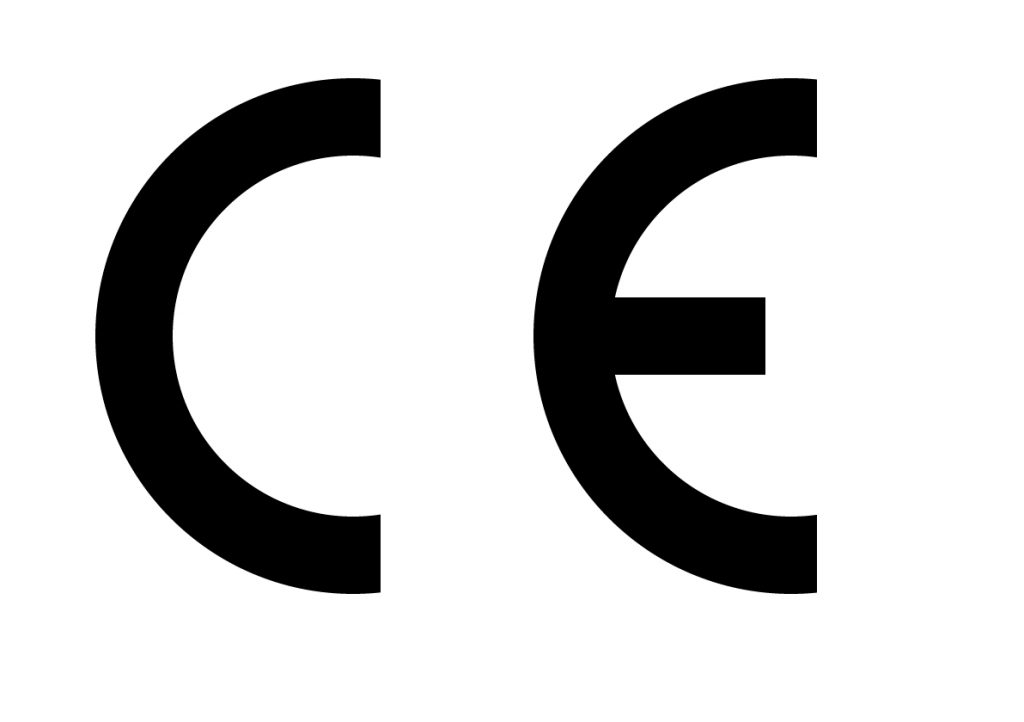Rainscreen cladding is a great way to protect your home from the elements. But what is it, and how do you choose the right system for your home? This guide will answer all your questions, and help you make the best decision for your home.
What is rainscreen cladding?
Rainscreen cladding is a type of double-skin facade that has an outer layer (the rainscreen itself) which protects the inner layer from the weather. This outer layer can be made from a variety of materials, including metal, stone, brick, polymer or composite materials.
Rainscreen cladding systems are designed to shed water and allow any moisture that does penetrate the system to evaporate quickly, preventing it from damaging the inner layer or sub-structure of the building.
Rainscreen cladding systems can provide a number of benefits to a building, including:
–Improved thermal efficiency: Rainscreen cladding can provide an extra layer of insulation, helping to keep heat in during winter and out during summer.
–Reduced energy costs: The improved thermal efficiency of rainscreen cladding can lead to reduced energy bills.
–Protection from the elements: Rainscreen cladding can protect a building from weather damage, such as wind and rain.
–Improved acoustic performance: Rainscreen cladding can help to reduce noise pollution by absorbing sound.
–Increased durability: Rainscreen cladding can extend the life of a building by protecting it from the elements.
–Improved aesthetics: Rainscreen cladding can give a building a more modern and sleek appearance.
The benefits of rainscreen cladding
Rainscreen cladding is an increasingly popular choice for both commercial and domestic buildings, due to its many benefits.
Rainscreen cladding is a type of double-skin facades (DSF), which consists of an outer layer ofclusers (or rainscreen) that is fixed to the structural frame, and an inner layer that is either non-loadbearing or carrying only a small proportion of the building’s weight.
The main benefits of rainscreen cladding are:
- Reduced risk of water infiltration: The cavities between the cladding panels and the inner wall act as a barrier against water infiltration, meaning that the risk of damp and rot is significantly reduced.
- Enhanced thermal performance: The cavity between the two layers of cladding acts as insulation, helping to keep heat in during winter and cool air in during summer. This can result in reduced energy bills and a more comfortable interior environment.
- Increased wind resistance: The outer layer of cladding acts as a shield against strong winds, meaning that the risk of damage to the building’s envelope is significantly reduced.
- Greater flexibility in design: Rainscreen cladding systems are available in a wide range of materials, colors and textures, meaning that they can be adapted to suit the specific aesthetic requirements of any project.
- Enhanced fire resistance: Rainscreen cladding can provide up to four hours’ fire protection, depending on the materials used and thickness of the system. This can give occupants valuable extra time to evacuate the building in the event of a fire.
|
The types of rainscreen cladding
Rainscreen cladding comes in a range of materials including metal, brick, fibre cement, PVCu and timber. There are also a number of fixing systems available. The most popular rainscreen cladding systems are:
- cassette systems
- hanging systems
- interlocking boards
- folding panels
Cassette systems are the most straightforward to install as the panels are factory-assembled into units that can be simply lifted into place. Hanging systems have the advantage of being able to follow the contours of the building more easily, but require more on-site fabrication. Interlocking boards and folding panels can be used to create interesting patterns and shapes, but again require more work on site.
The installation process of rainscreen cladding
Rainscreen cladding is a type of weatherproofing that is installed on the exterior of a building. It is designed to protect the building from wind, rain, and other elements. Rainscreen cladding is typically made from metal, stone, or plastic. It is installed over a drainage plane, such as a lath or sheathing. The cladding is attached to the building with brackets or screws.
The cost of rainscreen cladding
Rainscreen cladding is a type of double-skin facade that is used to protect a building from the elements. It is made up of an outer layer of material that is perforated to allow water to pass through, and an inner layer that is non-perforated to keep the weather out.
The cost of rainscreen cladding can vary depending on the materials used and the size of the project. However, it is generally more expensive than other types of cladding such as brick or render.
There are many benefits to using rainscreen cladding, including improved thermal efficiency, reduced noise pollution and improved fire safety.
The maintenance of rainscreen cladding
Rainscreen cladding is a type of double-skin construction that consists of an outer layer (the rainscreen) and an inner layer (the cladding). The space between the two layers is typically ventilated to allow the building to breath and prevent the build-up of condensation.
Rainscreen cladding is low maintenance and does not require regular cleaning, however, it is important to inspect the cladding regularly to ensure that it is in good condition. If any problems are found, they should be repaired as soon as possible.
In general, the rainscreen should be cleaned once every few years to remove any dirt or debris that has accumulated on it. This can be done with a power washer or by hand, using a soft brush and mild detergent.
The inner cladding should also be inspected regularly and any damaged or loose panels should be replaced as soon as possible.
The future of rainscreen cladding
Rainscreen cladding is a popular choice for both commercial and domestic properties due to its many benefits. This type of cladding is fitted to the outside of a building in order to protect it from the elements, while also improve its appearance.
There are many different materials that can be used for rainscreen cladding, including wood, metal, plastic, and composite materials. Each material has its own advantages and disadvantages, so it’s important to choose the right one for your needs.
Metal cladding is one of the most popular choices for rainscreen cladding due to its durability and low maintenance requirements. Stainless steel is a particularly good choice for this type of cladding as it doesn’t rust or corrode.
Wooden cladding is another popular choice, especially for domestic properties. It’s important to choose a high-quality wood such as cedar or redwood to ensure that it lasts for many years. Wooden cladding does require some regular maintenance such as painting or staining to keep it looking its best.
Plastic and composite materials are also often used for rainscreen cladding. These materials are usually very easy to install and require very little maintenance. They’re also often much cheaper than metal or wooden cladding. However, they’re not as durable as these other options and can be prone to fading over time if they’re not UV-stabilised.
FAQs about rainscreen cladding
What is rainscreen cladding?
Rainscreen cladding is a type of double-skin facade that consists of an outer layer of decorative material (stone, metal, ceramic, or composite panels) and an inner layer of insulation. The space between the two layers is ventilated to allow any water that gets past the outer layer to evaporate quickly. This system is often used on commercial and high-rise buildings.
What are the benefits of rainscreen cladding?
There are many benefits to using rainscreen cladding, including improved energy efficiency, better acoustical performance, and increased resistance to fire and weathering. Additionally, rainscreen claddings can provide a modern look for any building.
What are the drawbacks of rainscreen cladding?
One of the main drawbacks of rainscreen cladding is the initial cost, as it can be more expensive than traditional construction methods. Additionally, proper installation is essential for rainscreen claddings to function properly, so it is important to consult with a professional before beginning any project.






